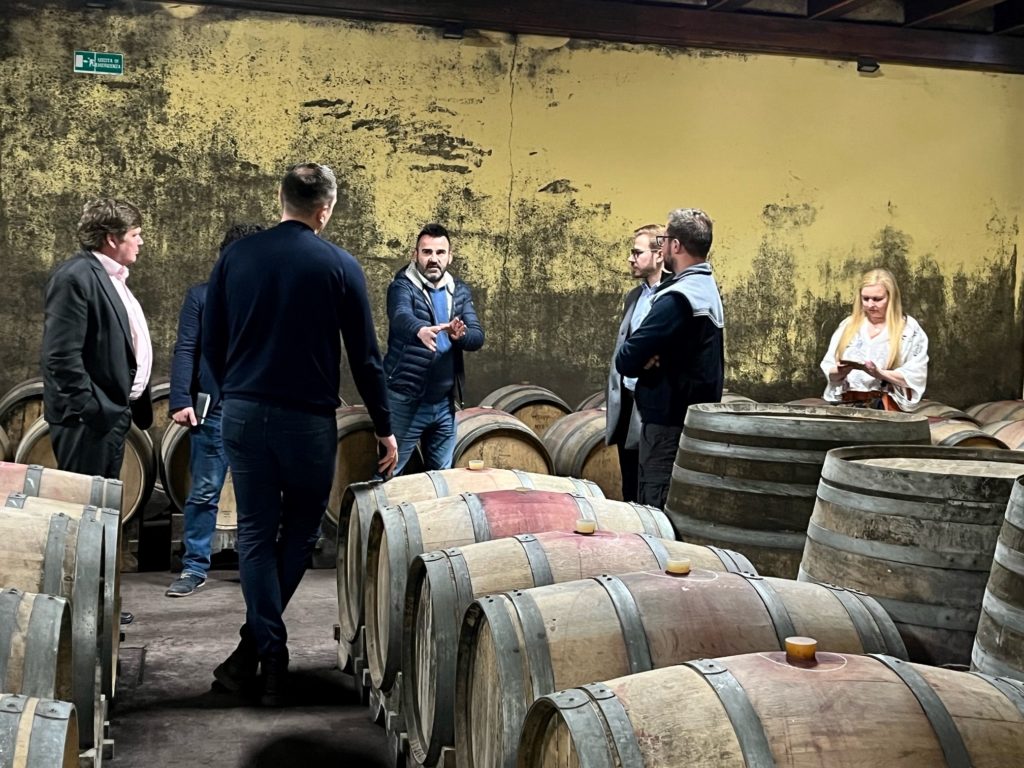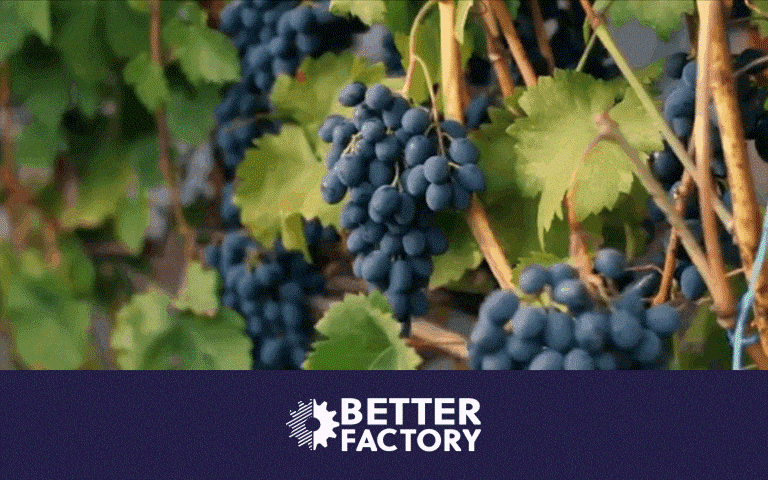Over the next couple of weeks we’ll be running a series of 1:1 interviews with the KTE (Knowledge Transfer Experiment) teams that joined Better Factory through our second open call. These incredible teams are each made up of a SME, artist and technology provider, working together to develop new and personalized products, become cyber-physical systems, and transforming into Lean-agile production facilities.
The IOWA project aims to revolutionise the wine-making industry in Italy through innovative technology and artistic exploration, focusing on IoT cork development, waste valorisation, and e-labelling.
Their KTE team includes:
- Marco Felluga (Manufacturing company)
- Anna Dumitriu (Artist)
- Bubamara V (Technology Provider)
So let’s jump into the interview!
Hello, thank you for joining us! To start off, could you tell us why you decided to apply to Better Factory?
SME Marco Felluga: We signed up for this call in order to introduce new IT solutions to our business and our vine production.
Artist Anna Dumitriu: The Better Factory call seemed like an exciting chance to work in new ways outside my normal field of experience as an artist working with bioart and digital technology. It’s also a great opportunity to make a difference.
Tech provider Bubamara V: When we came across this call from Better Factory, we saw an extra opportunity to try to develop and test our “Smart Cork” idea in real wine production. Also we think that this project has a marketing strategy for further presentation of our product.

Can you tell us more about the IoT cork technology that is being developed for the wine barrels? How will it help improve the wine-making process?
SME Marco Felluga: IoT cork technology will certainly bring great benefits to our wine production. With this technology, we will be able to have insight into every barrel in real time, and with this we will be able to make decisions more quickly and easily during the wine-making process.
Artist Anna Dumitriu: The IoT cork will help measure things like the levels of wine in the barrel and the fermentation process. The aim is to prevent wastage. From my artistic perspective I am interested in using the data as part of the artistic e-label, perhaps in the form of a sonification.
Tech provider Bubamara V: By connecting IoT corks from wine production processes, we could have real time monitoring. IoT corks will have several sensors (e.g. temperature, photo, vibration, NFC, RFID). Temperature is the most important parameter as even the slightest fluctuations can alter the oxidation of the wine which significantly affects the quality. Although the wine production process is not changing for years, changing weather conditions influence the produced wine has certain differences every year. Real time monitoring of key production parameters through our IoT cork could guide production to implement small modifications and achieve desired quality of the final product.
“With IoT cork technology… we will be able to have insight into every barrel in real time, and with this we will be able to make decisions more quickly and easily during the wine-making process.”
SME Marco Felluga
Waste reduction and sustainability are key themes of this project. How do you plan to experiment with and utilise waste from the wine-making process, and what kind of impact do you hope to have in this area?
SME Marco Felluga: Together with our artist, we want to explore and develop the great unrealised potential of using waste materials from the wine-making process. This could raise awareness of an ambitious, sustainable and high impact circular bioeconomy. For our company, this could have huge marketing benefits.
Artist Anna Dumitriu: I am exploring how biomaterials and augmented reality can impact sustainability and the circular economy in the wine industry. Dumitriu will create sculptures, textiles and papers from wine waste and share the story through an augmented reality artwork. I am also exploring making papers from wine waste, working with experts in the field of bio-cellulose foam and the possibilities of growing textiles from wine waste.
Tech provider Bubamara V: The goal of the project is to create sustainable wine production. While the artist experiments with sustainability through biomaterials, our goal is to achieve sustainability through efficiency in monitoring production, and raise awareness of the necessity of sustainable production in today’s society.
Can you discuss the development of the e-labelling system and how it will help tell the story of the wine’s sustainability journey to customers?
SME Marco Felluga: As a winery that has been around for centuries, we are very proud of our history. The quality of our wines is at the highest world level. We see the e-labelling system as an opportunity to show existing and new customers of our wines the traditional process of producing premium wines, as well as to point out the needs and possibilities of circular economy and sustainability in production.
Artist Anna Dumitriu: From the artistic perspective, the e-label will explore the circular economy we are creating in the form of a three dimensional digital collage that combines photogrammetry scans from the winery, a 3D model of the IoT cork, and the data it produces in the form of a sonification of the fermentation process.
Tech provider Bubamara V: The work on the creation of the e-labelling system and augmented reality represents a new and innovative way of promoting products that we can offer to our clients. We believe that as a software company, in addition to monitoring production, we should enable our clients to present the process of production, traceability, circular economy and sustainability to their end customers. In this way, their products will have added value and an easier path to the market.
“Our goal is to achieve sustainability through efficiency in monitoring production, and raise awareness of the necessity of sustainable production in today’s society.”
Tech provider Bubamara V
How do you envision the IOWA project contributing to the broader wine-making industry, and what impact do you hope to have in this area?
SME Marco Felluga: Production control and data accuracy that eliminate the human error factor are very important. The data that will be collected by the IoT corks, as well as the software application for work orders and production monitoring can be very important in today’s time when quality manpower is increasingly difficult to find. On the other hand, the promotion of the circular economy and the use of waste from the production process can have multiple positive effects.
Artist Anna Dumitriu: I hope the project impacts how wine waste is reused and inspires wine-makers and wine drinkers to think about the circular economy.
Tech provider Bubamara V: During the research, we found that there is no such product such as a smart cork in this form on the market, and Italy itself is a country that is in the top three wine producers in the world; therefore we see a huge potential and market for our product.
If you’d like to learn more about IOWA and their experiment, don’t forget you can check out their KTE page here!

